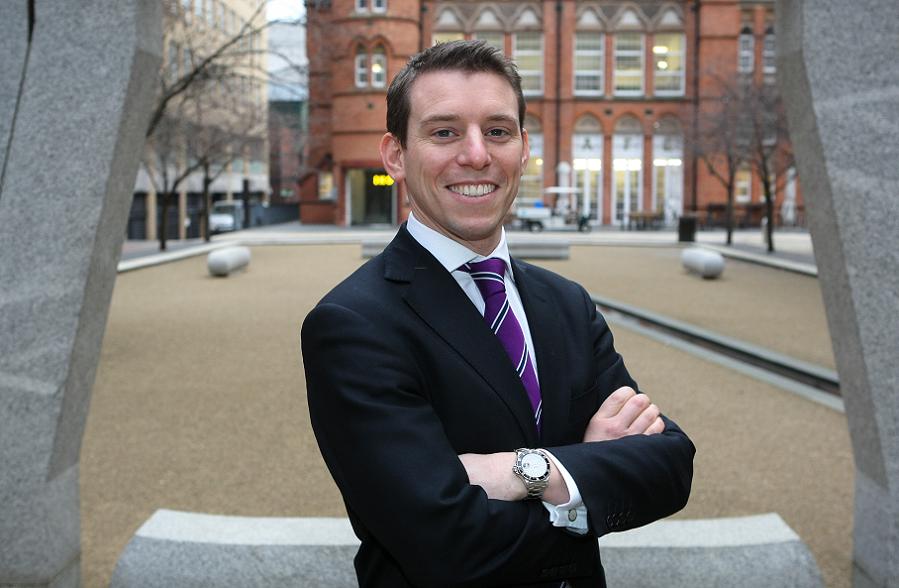The continued increase in the level of take-up on UK business parks persisted across the first half of 2014, with take-up nationally totalling 2.3 million sq ft –16% above the five-year average of 2 million sq ft.
This occupier activity has underpinned the significant returns in the sector, forecast to be 21.9% by the end of 2014, according to research by GVA, one of the UK’s leading commercial property consultants.
The report indicates that the Midlands was the best performing region, with activity across the first half of the year at almost double the five year average.
These figures have been supported by strong lettings and sales activity at sites across the M42 corridor, including Ansty Park near Coventry, Waterfront at Merry Hill and Birmingham Business Park.
Adrian Griffith, Associate in GVA’s Midlands office, said: “The first half of this year has seen a market that is more buoyant than the whole of the past six years, with clear month-on-month improvements.
“We have seen a lot of enquiries over 10,000 sq ft, whereas over the recessionary period most enquiries were for space of sub-5,000 sq ft or in some instances, between5,000 and 10,000 sq ft, so the demand and the appetite has certainly returned to the market.”
This rush of activity has pushed availability in the Midlands to below 10% – the lowest levels of availability across the country, which has resulted in a particular squeeze on good quality, larger floorplates.
Adrian Griffith continued: “While occupational demand is improving, the flip-side is that the availability of good quality stock is continuing to diminish. There are a number of lease expiries due over the next couple of years that will bring more space back into play, however these in the main will need to be comprehensively refurbished if they are to meet the requirements of occupiers looking for Grade A premises, and therefore will require large investment from the landlords and/or pre lettings to make the works viable
“This absorption may lead to the start of some speculative development, which is more likely to be part pre-let led, potentially for either courtyard-style offices or a single building providing flexibility of 10,000 sq ft up to60,000 sq ft, and offering floor plates of up to 20,000 sq ft.”
There is already considerable development activity under way in the region, with the 190,000 sq ft Phase 2 at Ansty Business and Technology Park and the 334,000 sq ft Building 7 at Chiswick Park due for completion soon. These form a considerable part of the 1,268,000 sq ft of space that is under construction nationally, 89% of which is pre-let.
Carl Potter, National Head of Offices at GVA commented: “This is an amazing continuum of the trend we saw beginning to gather pace some 18 months ago, which was followed by investor confidence kicking back in some nine months ago and which is now reaching a level where new builds are having to be delivered to meet occupiers’ needs. We remain a long way at this stage from seeing the next wave of speculative development taking shape, but availability levels in some of the regional out-of-town markets (similar to the movements in the main city-centre office markets) are now seeing clear evidence of qualitative shortages.”
Alongside the Midlands, other areas that have demonstrated strong activity include Yorkshire, Humber and the North East, where take-up was 50% above the five-year average.
Construction activity has increased since H2 2013 by 45% although at 1,268,000 sq ft this remains currently at only 28% of peak levels reached in June 2008. However this turnaround is underpinned almost exclusively by non-speculative development. In 2008, 79% of new development was speculative, whilst currently it is only 11%. This demonstrates the strong levels of real demand from occupiers, alongside the continued caution of developers within the sector.
Potter added: “This is creating a conundrum. In our view the economics of new speculative development still don’t add up in almost all out-of-town markets, and many developers and investors caught a cold during the last cycle. If we look at the dynamics that drove this wave of development in the 2005-2008 period, it was virtually all driven not by occupier demand but by increasing asset values, and exit routes that enabled vacant possession sales, making speculative development very appealing. When the music stopped, and the money ran out, those holding the product only then became aware of the clear lack of occupational demand.
“Now we are in a very different place. Demand levels are higher than in 2008, but the anticipation is that much of the yield compression will have run its course by the end of 2014, and we will need a few more years of continued demand to create an environment where a new development cycle kicks in.”
The total returns in the sector have rebounded quickly in line with the renewed investor appetite for regional markets and the evidenced 10.9% return in 2013 is predicted by GVA to significantly increase during 2014 to a total of 21.9% – but with a much gentler increase in capital values in 2015 onwards leading to lower but still impressive levels of return going forward.

















